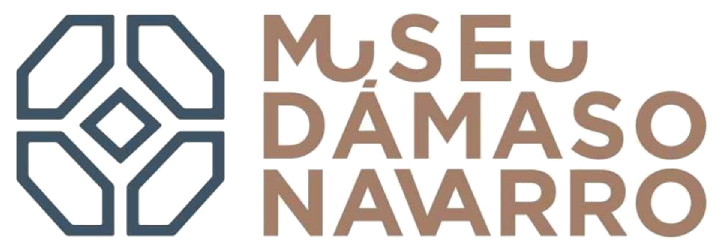MUSEUM
MUSEUM
The Municipal Archaeological and Ethnological Museum Dámaso Navarro opened its doors in 1999 to show the material evidence of the previous cultures that settled in Petrer from prehistory to the industrialization of the mid-twentieth century. < / b> The museum occupies one of the most central buildings in the city, built in 1935 . He was employed as a Hygiene Dispensary, school and teacher's house. From 1964 it was reused as a Public Library. The museum, although inaugurated in 1999, was recognized as a museum institution by the Ministry of Culture and Education of the Generalitat Valenciana in 2002. The museum is a place where they are preserved and studied, exhibited and objects of a historical, artistic or scientific nature are disclosed. Why the name of Dámaso Navarro ?. Dámaso Navarro Guillén was, along with other young people, the founder in the 60s of the Archaeological Group of Petrer . For years they looked for archaeological sites.
They went out to prospect the hills and valleys of the term in search of the traces left by our ancestors, doing some surveys, recovering fortuitous findings and saving the remains of ancient populations from the excavator shovel. Thanks to the indefatigable task of the Group, with the recovered materials they created a municipal deposit, making exhibitions in the premises of the Excursionist Center and the troupe of Labradores . As a result of his premature death, the Group decided to go by his name and when the Museum was created they dedicated it to his memory. In the decade of the Eighty the group is renewed and reinforced with new components, including some graduates in History and Archeology, who collaborate and direct the excavations carried out in the castle or in the historic center of the population. As a result of all this, today, in this Museum, the material remains of our ancestors are shown for a better understanding of our history .
Visiting hours from 11: 00h to 14: 00h from Monday to Sunday. Monday closed.
The origins: The archaeological group Dámaso Navarro
The origins: The archaeological group Dámaso Navarro
The origins: The archaeological group Dámaso Navarro
Previous
Next
The old Museum Dámaso Navarro
The old Museum Dámaso Navarro
The old Museum Dámaso Navarro
Previous
Next
The future of the museum: new oportunities
The future of the museum: new oportunities
The future of the museum: new oportunities
Previous
Next
The idea of having a historical museum in which to show the remains of past societies was a constant demand on the part of a group of young people. The creation started with a petrer's youngsters, who belongued to the OJE (Organización Juvenil Española) and others. They were interested by the history and the heritage of Petrer in the last seixties, so they founded the Archaeological Group as tribute to their impeller Dámaso Navarro, who, unfortunately, pass away soon.
The Archaeological – Etnological Museum Dámaso Navarro was inaugurated in 1999. The building, where used to be the municipal library, was built in the last 20th century. This building had been a unitary public school, an electoral college, a hygienic dispensary, a women's detention center at the end of the war, once again a school and a teachers' home. It was located in the central Plaza de Baix, next to the parish church of San Bartolomé, an apostle, and closed to the Town Hall of Petrer. Today we find Petrer's Tourist Info in the same building.
During this 20 years, the Museum Dámaso Navarro has been localitated with some limititations, because of that, some of the activities has been helpless due to the architectural distribution, and outdated museographic resources. The oportunity to change this situation was thanks to the sum of several circunstancies such as the colaboration with the "Diputación and Fundación CV MARQ of Alicante" to make a temporary exposition called: “Petrer. Arqueología y Museo” (Petrer. Archaeology and Museum), the availability of the property owned by the municipal street La Font, No. 1, and the firm commitment of the Government to consider it a priority issue.
- Visiting hours from 11 h - 14 h from Tuesday to Sunday. Monday closed.


